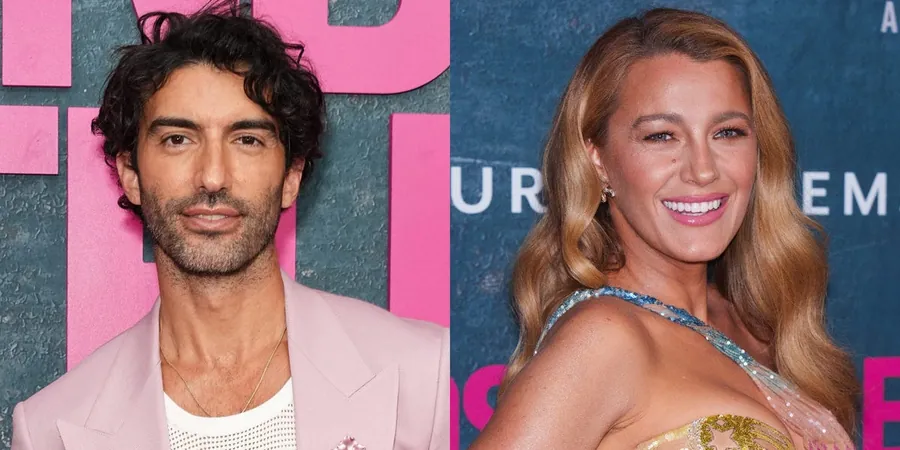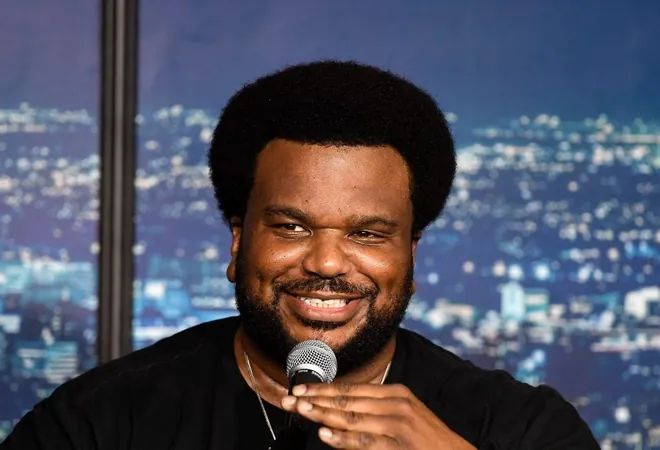
5 Shocking Revelations from Justin Baldoni's Legal Battle with The New York Times Over Blake Lively Allegations
2025-01-02
Author: Ling
Introduction
In a lawsuit that has sent shockwaves through Hollywood, actor and director Justin Baldoni has taken legal action against The New York Times for its coverage of allegations made by actress Blake Lively. Here are the key points from the lawsuit that unveil the drama behind the scenes of the film "It Ends With Us."
1. Missing Context: A Case of Cherry-Picked Reporting?
Baldoni and his co-plaintiffs argue that The New York Times article failed to provide crucial context regarding Lively's accusations. The Times reported that Lively's complaint included claims of Baldoni utilizing PR professionals Nathan and Abel to discredit her, alluding to fears she would come forward with allegations against him and Jamey Heath, the film's lead producer. However, the lawsuit contends that several significant pieces of evidence were omitted from the article, leading to a misleading narrative. Among the missing details was a text from Nathan expressing frustration over her role in the publication, stating, "Damn this is unfair because it's also not me." This omission, Baldoni claims, changes the entire perception of the interactions noted in the article.
2. The Emoji That Changed Everything
The lawsuit zeroes in on the nuances of communication, highlighting the use of an upside-down smiley face emoji in a conversation between the publicists. Baldoni's legal team argues that this emoji signified sarcasm and was essential to understanding the tone of the exchange. The lawsuit suggests that the choice of language in the Times article created an inflated image of hostility, bolstering Lively's narrative without presenting the full picture.
3. Harassment Allegations Deconstructed
Baldoni's suit pushes back against the sexual harassment allegations put forth by Lively, characterizing them as unsubstantiated. The Times reported that Heath had shown Lively an explicit video involving his wife, but Baldoni's suit clarifies that this video pertained to a home birth scene for the film. Additionally, the lawsuit argues against claims that Baldoni and Heath entered Lively's trailer without permission, stating that Lively was actually comfortable breastfeeding in their presence, further casting doubt on the validity of her complaints.
4. The PR War: Who's Really Behind the Negative Press?
In a dramatic twist, Baldoni alleges that Lively's PR team initiated a smear campaign to tarnish his public image just before the film's launch. He claims that instead of the alleged negative pivot in the film's marketing by him, it was Lively's PR apparatus that engaged in a coordinated effort to undermine him. The suit mentions specific instances where Lively’s PR representatives purportedly leaked false narratives to the press, including claims that Baldoni made Lively "uncomfortable" on set.
5. Confrontations with Ryan Reynolds: Bullying or Misunderstanding?
The lawsuit paints a vivid picture of confrontations between Baldoni and Lively's husband, Ryan Reynolds. Baldoni claims that during meetings at the couple's New York penthouse, Reynolds accused him of "fat shaming" Lively over an inquiry about her weight. Baldoni insists his questions were related to safety concerns for a scene but felt bullied by Reynolds' aggressive response. The suit also alleges that the pressure from Reynolds extended to Baldoni's management agency, raising serious questions about the use of influence and power dynamics in Hollywood.
Conclusion
As this explosive case unfolds, the implications for both Baldoni and Lively are monumental. The entertainment industry is closely watching as both parties prepare for what could be a highly public legal showdown, the outcome of which may redefine reputations and careers. Stay tuned as we continue to cover this gripping story!




 Brasil (PT)
Brasil (PT)
 Canada (EN)
Canada (EN)
 Chile (ES)
Chile (ES)
 Česko (CS)
Česko (CS)
 대한민국 (KO)
대한민국 (KO)
 España (ES)
España (ES)
 France (FR)
France (FR)
 Hong Kong (EN)
Hong Kong (EN)
 Italia (IT)
Italia (IT)
 日本 (JA)
日本 (JA)
 Magyarország (HU)
Magyarország (HU)
 Norge (NO)
Norge (NO)
 Polska (PL)
Polska (PL)
 Schweiz (DE)
Schweiz (DE)
 Singapore (EN)
Singapore (EN)
 Sverige (SV)
Sverige (SV)
 Suomi (FI)
Suomi (FI)
 Türkiye (TR)
Türkiye (TR)
 الإمارات العربية المتحدة (AR)
الإمارات العربية المتحدة (AR)